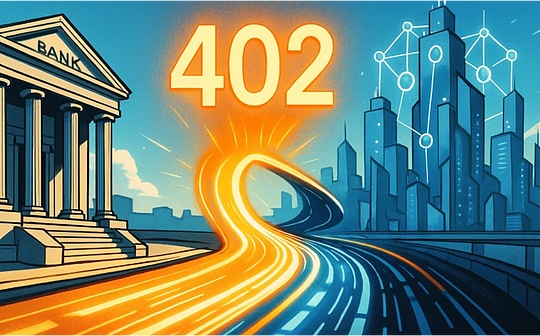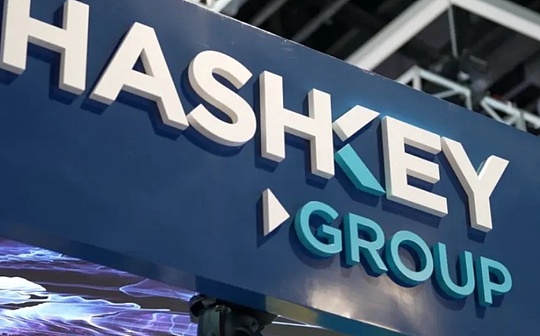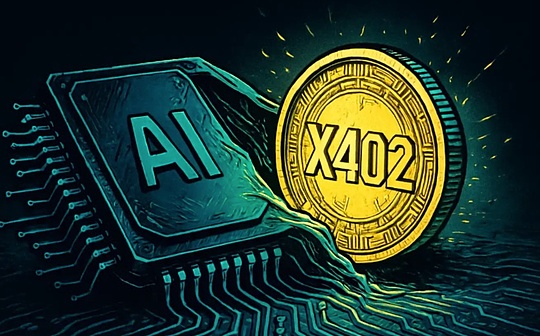
Author: 0xnatalie Source: Chainfeeds
The background and motivation of EIP-7732
Because the problem of MEV is difficult to solve from the root cause, taking fair competition measures are the only way to avoid hidden safety hazards.After the merger of Ethereum, in order to maintain fairness and reduce the scale effect of the large pledge pool on MEV, Flashbots launched MEV-Boost, which uses the PBS (Proposer-Builder Separation) mechanism to reduce the opportunity to directly participate in the MEV event.Related stakeholders are diversified.At present, the proportion of MEV-Buost blocks has exceeded 90%.
With the widespread adoption of MEV-Boost, the Ethereum community began to worry about the security risks that rely on such third-party services to bring. Therefore, the idea of implementing PBS in the Ethereum agreement was generated.Section).Recently, EPBS has been given a formal EIP number: EIP-7732.EIP-7732 is a change of consensus layer, without changing the execution layer.The core is to separate the verification from the logic and time in consensus verification.Delay the execution verification until the consensus verification is completedEssence
The EIP-7732 proposes that in addition to solving verifications, it is designed to optimize the efficiency of the verification process.The current authentication must complete all consensus and execution status conversion functions at a very short time (within 4 seconds), which requires extremely high requirements for computing resources and network bandwidth.During this window period, the verificationrs need to verify and confirm a large amount of transaction information and update the state of the blockchain, which not only increases the calculation burden of a single node, but also increases the possibility of errors.By separating the verification and consensus verification, ensure that in the key 4 -second window, the node only needs to complete the relatively few tasks, thereby reducing the calculation burden and speeding up the speed of network communication.
The core content of EIP-7732
EIP-7732 has created a new role “Builder”, which is a new optional responsibility of the verifiedan.Become a builder.The builder is responsible for building and submitting a commitment to implementing effective loads.The verificationrs can now outsourcing the construction task of the effective load to the builder, and they are more focused on the task at the consensus level.
Executive Payload is the core part of the block, which contains all transaction and status change information.The process of building an effective load includes selection of transactions, sorting transactions in the memory pool, executing transactions in turn, and all information packaging to form an effective load.
To achieve this separation, EIP-7732 removes ExecutionPayload fields. This field contains all data related to transaction execution, such as trading lists and status conversion results.By removing this field, the creation and verification of the execution content is separated from the creation and verification of the benchmark block.As an alternative, EIP-7732 introduced a new data structure SignedexecutionPayloadHeader, which includes the builder’s commitment to the effective load of the execution of the future in the future.
Overall process
>
The task of the builder: The builder is responsible for creating an effective load for executing and generating an effective load that is about to execute publicly.The promise was encapsulated in SignedexecuCUTIONPAYLOADHEADERIn the data structure, it includes the hash of performing effective loads and a digital signature of this hash to ensure the irresistibility of the data and the authentication of the source.This promise representsThe builder will publicly implement the effective load in the future in the future, and stipulate that the amount of the proposal to the letter blockIn the inspirational block proposal, the promise contains this commitment.
The task of the proposal of the letter block: The proposal (verified by the verification) of the letter block cooperation with the builder, does not need to handle the implementation details of the transaction directly when creating a new benchmark, but includes the promise provided by the builder, and then broadcast the entire letter block to broadcast to the whole letter block toEthereum network to achieve consensus.It only contains promise to reduce the burden of the network and accelerate the spread of the benchmark block and consensus verification process.After handling the promise of the founder, the tip of the promise will be deducted from the balance chain balance of the builder and recorded into the proposal of the benchmark.After the bidding block proposal successfully broadcast the promised letter block, the builder needs to open the complete and complete execution effective load in the specified time window.
PTC verification:In order to monitor whether the builder will publicize the effective load in time, a set of verifications selected by the benchmark chain network form an effective load timely committee (PTC).PTC is responsible for checking an effective load to perform a valid load that matches the promise in the specified time window.If the builder fails to disclose it in time and correctly, the PTC will broadcast a negative result, and the builder will face the punishment of reducing pledge.If the PTC verification is approved, the complete verification of the effective load is delayed until the next letter block is processed separately, that is, delayed verification.
In addition, the proposal also introduces regulatory rules and new punishment mechanisms for PTC to ensure the strictness and fairness of the entire verification process.At the same time, due to the separation of valid loads and scholarships, the selection logic of the fork has also been adjusted to adapt to the new verification process. These changes are expected to significantly improve the security and efficiency of the network.Through a series of design, the EIP-7732 improves the processing efficiency of Ethereum and reduces network latency.








